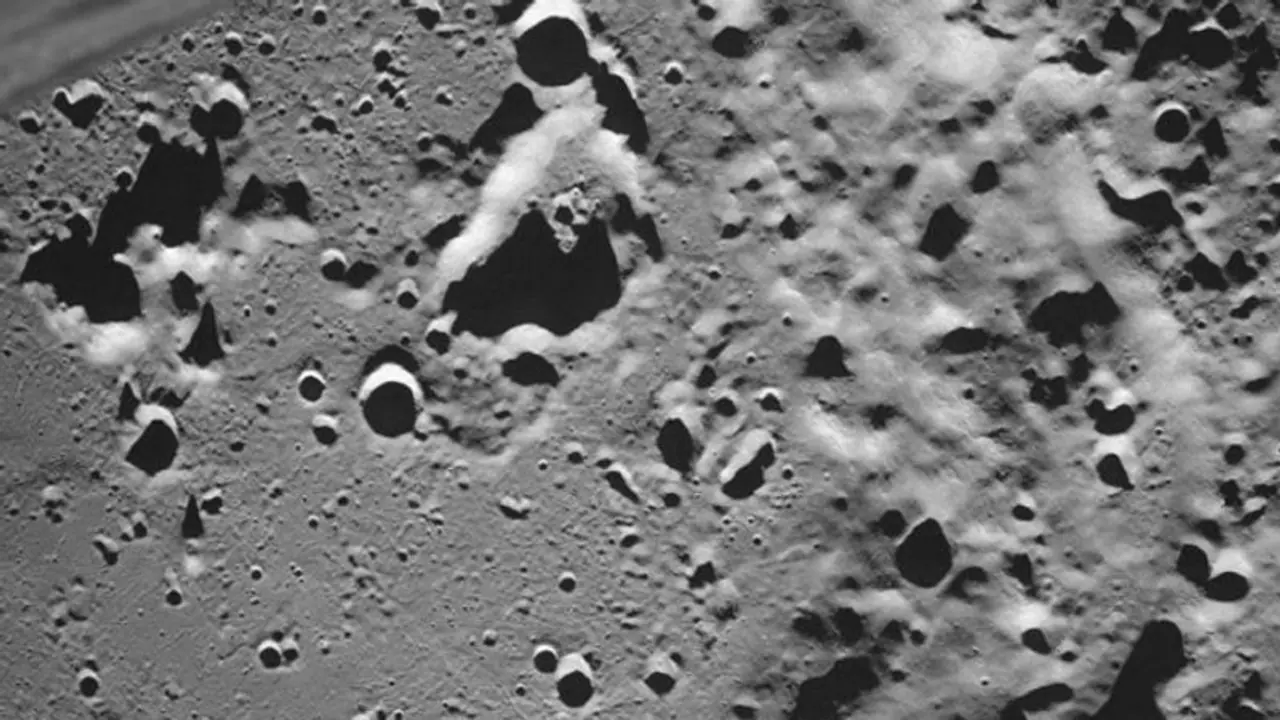Luna-25's endeavors encompassed more than just visual documentation. It conducted meticulous observations using instruments such as ADRON-LR and PmL, both ingeniously crafted at IKI RAS.
Russia's Luna-25 spacecraft has achieved an impressive milestone by transmitting its inaugural images of the moon while orbiting the lunar expanse. These images prominently showcase the enigmatic south polar crater Zeeman, which resides on the moon's far side.

The far side of the moon, colloquially referred to as the "dark side," remains perpetually concealed from Earth's gaze due to a synchronous rotation that keeps it hidden from our planet's view.
26/11 accused Tahawwur Rana's extradition bothering Pakistan? Leaked internal e-mail suggests so
Notably, the Zeeman crater is an intriguing lunar feature that remains invisible to us from Earth's vantage point. This lunar anomaly has garnered the attention of researchers globally due to its unique characteristics.
Distinguished by a remarkable shaft that ascends to a towering height of 8 kilometers above a relatively flat floor, the Zeeman crater stands as an enigmatic geological entity. Its geological complexity renders it a captivating site for scientific exploration. The recent transmission of images by the Luna-25 spacecraft has unveiled valuable insights about this intriguing crater, augmenting the existing knowledge and data available to researchers.
A historic moment in the realm of space exploration finds its resonance in this recent accomplishment. Back in October 1959, the Soviet automatic station "Luna-3" etched its name by capturing the world's inaugural image of the moon's far side. This significant milestone laid the foundation for lunar exploration and has now been carried forward by the Luna-25 mission, which is poised to unveil fresh facets of our neighboring celestial body.
The pivotal images were skillfully captured through the utilization of the STS-L television complex, a creation of the Space Research Institute of the Russian Academy of Sciences (IKI RAS).
Intriguingly, Luna-25's endeavors encompassed more than just visual documentation. It conducted meticulous observations using instruments such as ADRON-LR and PmL, both ingeniously crafted at IKI RAS. Additionally, the collaborative effort with Astron Electronics gave rise to ARIES-L, further enhancing the mission's capabilities.
These sophisticated instruments facilitated the measurement of gamma rays and neutron fluxes emanating from the moon's surface. They also contributed vital data concerning the parameters of the circumlunar space plasma, alongside insights into the composition of the gas and dust exosphere encompassing the lunar orbit.
With anticipation running high, attention has now shifted to the forthcoming landing of the Russian spacecraft. This endeavor holds the potential to mark the first-ever touchdown on the southern polar terrain of the Moon, vying for the distinction ahead of India's Chandrayaan-3 mission.
